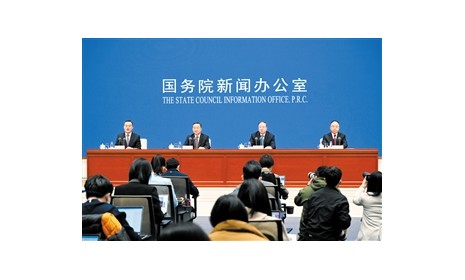2022年4月4日,欧盟食品安全局(EFSA)发布2021年12月-2022年3月禽流感概述。
2021年12月9日至2022年3月15日,33个欧盟/欧洲经济区国家和英国报告了高致病性禽流感(HPAI)疫情的暴发。自上次报告以来,英国报告了1例由HPAI病毒(H5N1)引起的人类感染病例,中国报告了17例由HPAI病毒(H5N6)引起的人类感染病例,中国和柬埔寨报告了15例由HPAI病毒(H9N2)引起的人类感染病例。部分原文报道如下:
Between 9 December 2021 and 15 March 2022, 2,653 highly pathogenic avian influenza (HPAI) virus detections were reported in 33 EU/EEA countries and the UK in poultry (1,030), in wild (1,489) and in captive birds (133). The outbreaks in poultry were mainly reported by France (609), where two spatiotemporal clusters have been identified since October 2021, followed by Italy (131), Hungary (73) and Poland (53); those reporting countries accounted together for 12.8 of the 17.5 million birds that were culled in the HPAI affected poultry establishments in this reporting period. The majority of the detections in wild birds were reported by Germany (767), the Netherlands (293), the UK (118) and Denmark (74). HPAI A(H5) was detected in a wide range of host species in wild birds, indicating an increasing and changing risk for virus incursion into poultry farms. The observed persistence and continuous circulation of HPAI viruses in migratory and resident wild birds will continue to pose a risk for the poultry industry in Europe for the coming months. This requires the definition and the rapid implementation of suitable and sustainable HPAI mitigation strategies such as appropriate biosecurity measures, surveillance plans and early detection measures in the different poultry production systems. The results of the genetic analysis indicate that the viruses currently circulating in Europe belong to clade 2.3.4.4b. Some of these viruses were also detected in wild mammal species in the Netherlands, Slovenia, Finland and Ireland showing genetic markers of adaptation to replication in mammals. Since the last report, the UK reported one human infection with A(H5N1), China 17 human infections with A(H5N6), and China and Cambodia 15 infections with A(H9N2) virus. The risk of infection for the general population in the EU/EEA is assessed as low, and for occupationally exposed people, low to medium.
















